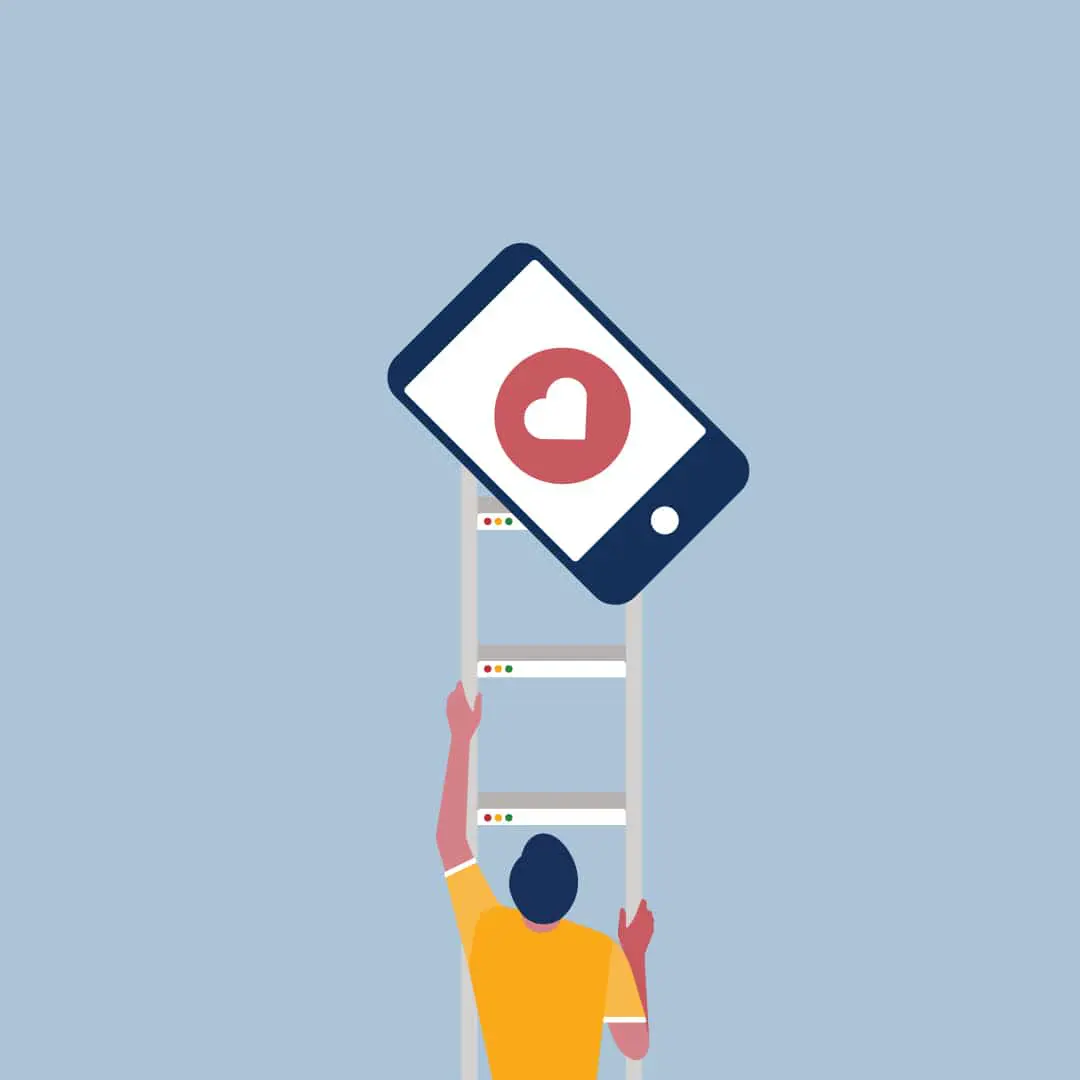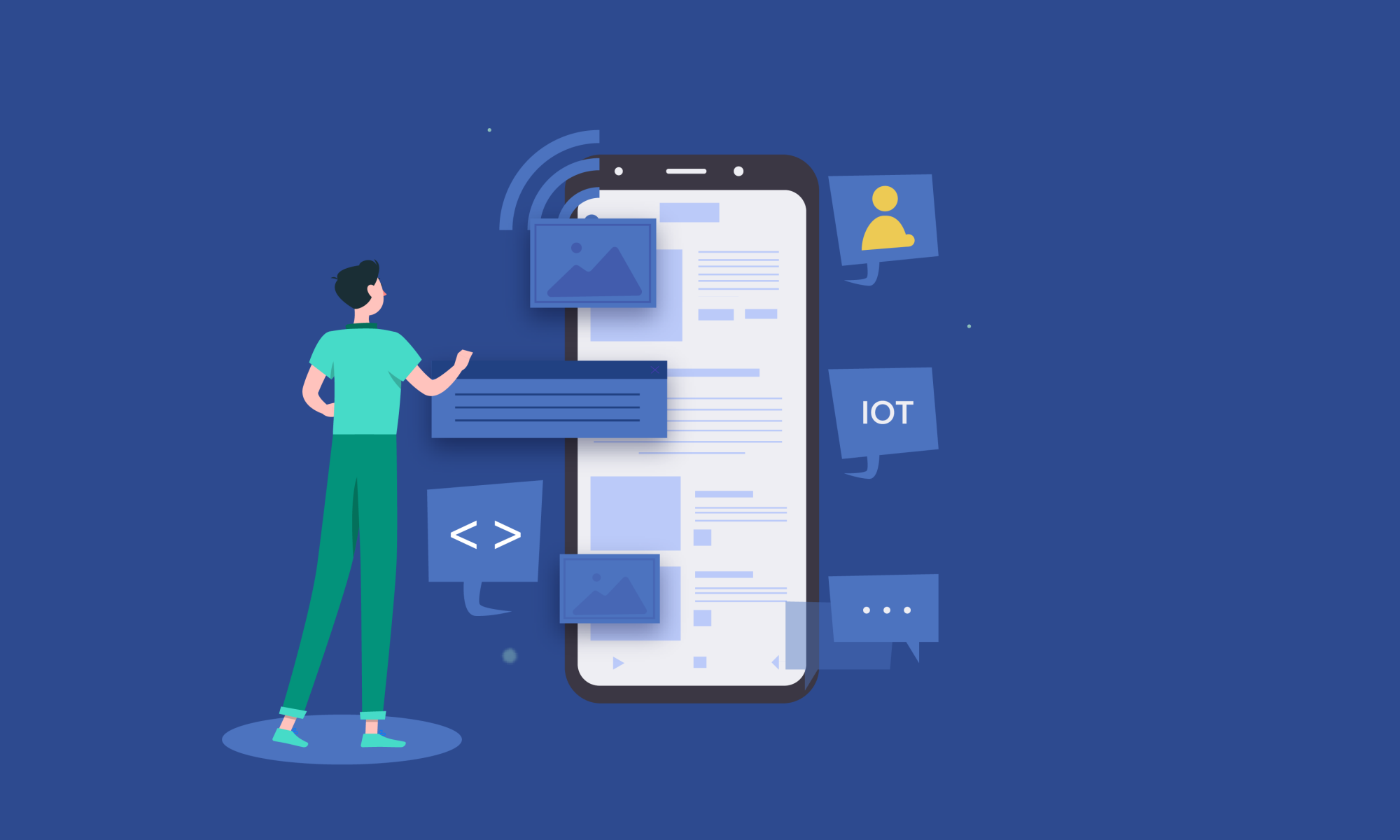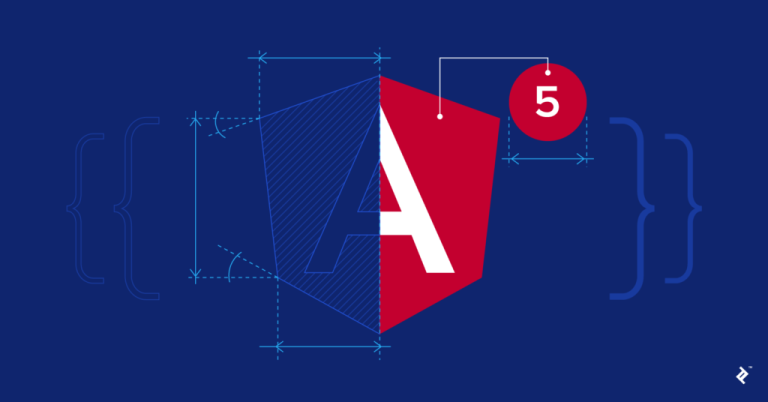Consumers were already finding new ways to get their food, which led to online orders growing at a rapid pace by the end of 2019. “Forward thinking” has become the new imperative in the restaurant business today. Over the years, norms have changed profoundly, due to which things have now diverged.
Before the outbreak of COVID-19, 39% of consumers were highly interactive with physical retail stores. However, today only 24% are under current quarantine conditions, and only 39% are planned to be in the next six to nine months. On the other hand, 30% of consumers were highly interactive with online retail channels pre-quarantined, up to 37% during quarantine, and 40% were planning to engage highly with digital retail over the next six to nine months.
In contrary words, just because a consumer can eat, does not mean that he or she will do it today and in the near future. The good news is that customers who order online at casual and fast-casual restaurants spend more than 13%. So as eateries are stepping into this slippery new landscape, it has become important that they not only participate digitally, but are doing so thoughtfully and purposefully.
An important variable in the new mathematics of food retail is agility. You know that when you browse DoorDash or Postmates, you find the right place to order dinner, but you can’t afford to wait? If you are in the restaurant business, you already know how difficult it is to please someone who is an executioner. As you are also well aware, you cannot lose even a penny of business because your food delivery app is not dialed. Take the Chipotle app for example. In May 2020, it topped the App Store as the second most popular food and beverage app and 54th most popular app overall. Chipotle is clearly doing a lot of things right. Let’s take a closer look.
Know Your Targeted Audience
In reality, everything has to be tailored to the customer. Every decision of a brand should be guided by how its ideal consumer will feel. Starting from that baseline, you can create strategies that resonate strongly with your core audience. For example, when you open the Chipotle app, you’ll immediately notice its swipe-based navigation system, a clever trick. Apple brought it mainstream with the home-button-less iPhone X. Chipotle understands that for its main target, a younger demographic, swiping comes naturally as scrolling.
Chipotle is also careful not to block potential customers outside of their main target audience. If swipe is not your thing, it is possible to navigate the app even with simple scroll gestures. It’s a perfect example of how a brand can show some flair in their app, while still catering to that many audiences.
Also Read : How much does it cost to develop an app like Swiggy or Zomato ?
Develop Your Storefront to Your Food App
Consistency is fundamental to branding, so your app is no exception. If you see and feel completely differentiated in-store and in the digital experience, then this is a problem for you. It is incredibly gratifying for consumers when ordering online feels like walking to the counter. You can almost smell the grilling onion on a good food app. App design is considered integral for this type of experience or for achieving the experience. It is essential to use the same colors and graphics as your physical location. It is another thing to introduce the same product and customization as you do in-store. We believe that the best digital dining experiences become necessary to include full menus, synchronized loyalty programs, and rebate pages.
When it started its loyalty program in March of 2019, Chipotle saw a 480% increase in daily Chipotle app downloads and 273% increase in daily active users. A bad strategy is not required to promote business.
Easily Present Onboarding
When installing a new food app, users are often greeted with step-by-step explanations of all available features. When creating your food app, remember that consumers wanted the dish they wanted 10 minutes ago. Don’t be afraid to withdraw or terminate the onboarding process altogether. Rather, it is necessary to focus on presenting clear information and call to action on each page. The clearer you keep it, the easier it will be for customers to run and eat. If you have a moment, check the online food app. You will find that online ordering is easy thanks to direct copy writing, design and call to action.
Choice of Options
Your customers ultimately want to focus on decision power. Give your feedback to your customers as they wish:
- Pickup vs Delivery
Ordering food online through the app does not mean the customer wants it delivered. Remember, the human experience has changed dramatically. Make a pickup option for frugal customers who want to save a few bucks on delivery fees and suggestions. Bonus: Be sure to notify clearly when curbside pickup and contactless delivery are available. Do not assume that your customers will know or follow a particular protocol. And remember, contactless options protect not only your customers, but also employees and drivers.
- Time of Receipt
Presetting the pickup for later times is not only useful for customers to plan their day, but also to manage their resources for your kitchen. Taco Bell thinks outside the bread by allowing it to be ordered as much as possible a day before.
- Disposable Utensils / Straws
There are 87% of the total consumers who like brands that are environmentally conscious. The dangers of single-use plastic have been heard by all of us. There is no reason to deny customers the option to do without forks, spoons and straws. It helps to demonstrate environmental awareness while saving on disposables.
Keep it Moving
For many consumers, the real beauty of ordering online is time saving. Think of all the small things that can cause a lot of trouble, then introduce shortcuts. First, clearly, set the payment option at the time of order, rather than requiring onboarding or onsite payment. Part of the point of the app is to avoid lines and cashiers.
While going a step further when you allow payments through your Food App, asking customers to input debit card information will allow them to receive their wallet and card and provide their card number, expiration date, and CVV May need to be recorded. Consumers often have objections about revealing payment information online. However, digital wallet services such as Apple Pay and Google Pay offer fast, highly secure options that reduce nuance. An estimated 30.3 million Apple Pay users contributed $ 98.88 billion to the US proximity mobile payment transaction in 2019. Those numbers were already projected to increase dramatically over the next several years before COVID-19. We suspect that those estimates will start looking conservative.
Reduce Your Online Ordering Processes
By now you must have realized that customer experiences are very important for a food app. For which you should be clear that there are a lot of details to consider. To ensure that your app is fully dialed in, you need to get intimate with it.
- Do not be hasty in the development process.
- Test it at home.
- Check if it is a battery hog.
- Time the test load.
- Ensure that all relevant information is easily displayed and accessible wherever and when you expect it.
- Purpose user data requests, such as notification permissions, address, payment information, etc. purpose of data requests.
When you are completely satisfied, then and only then you should launch. Quickly putting out a polished product often results in negative app reviews, user frustration, and missed opportunities. Who knows if a disparaged app lover who has removed your food app from their home screen will give you a second chance. There’s more competition than ever to win a share in the online/take-out/food delivery market, so you have to get that right.
Never Go Stale, the Chipotle Way
The reason Chipotle is so perfect is that it doesn’t hold onto its laurels. As the world changes and the needs of hungry consumers evolve, it finds new ways where other quick-service restaurants fall short. Pizza Hut’s biggest franchise, NPC International, recently filed for Chapter 11 bankruptcy citing rising labor and food costs and struggling sales. With over 40,000 employees operating 1,200 Pizza Hut and 400 Wendy’s restaurants spread across 27 states, NPC amassed nearly $ 1 billion in debt. That is to say, if you are not thinking ahead then there is a lot on the line.
In this case, when the COVID-19 pandemic closed all of its dining rooms, Chipotle entered full takeout and delivery mode. By 2020, its digital sales grew by 81% year-on-year. Digital sales grew by 103% in March 2020 alone. Digital represented 20% of its total sales by the end of 2019, up to 26% in the next quarter, Chipotle knows that simply offering Aadhaar options is not enough.
With this in mind, the Newport Beach, California-based, Barito manufacturer began to strengthen its relationship with complementary brands. In June 2020, Chipotle began ordering online through Facebook Messenger. Now when hungry patrons want to place orders on the go, they can select “Message us” from Chipotle’s Facebook page. From there the paper, Chipotle’s concierge bot, can take and process customer orders using natural language. In addition to allowing light, standard, or additional material quantities, and understanding natural language, pepper also adds an interesting option for group ordering to which 20 people can add to the order. This is much more convenient than placing special orders to your group’s poorly named gopher. Chipotle called for the inclusion of alternatives to charity for causes such as systemic racism and inequality. In this way you remain relevant and attractive.
A more recent partnership helps expand the reach of fast-casual chains even further. Together with Grubh, Chipotle can not only be ordered through the Grubhub app and website, but it also has access to a wide pickup and delivery network. These are commercial hip actions for the current scenario and all users are doing all they can to remove friction. This should come as no surprise, if you start offering unique digital-only promotions to Chipotle soon. To continue its digital expansion, Chipotle is getting creative again, shying away from free delivery offered to customers in the early stages of the epidemic. This time around, it is speculated to offer a quesadilla, similar to its most requested menu item, in the form of a digital-exclusive option. This should drive more traffic to digital without the hit of home delivery.
Conclusion
As you consider your online ordering strategy, you may have thought far and wide about taking your business beyond consumer expectations. We know that it is not very easy. But we have gone through this before, and we have a good experience with it. Winklix has had a pioneering experience in the app landscape for many years and counting. We are always ready to help. And if you want, talk about how we can make your digital dining experience an unforgettable one.




